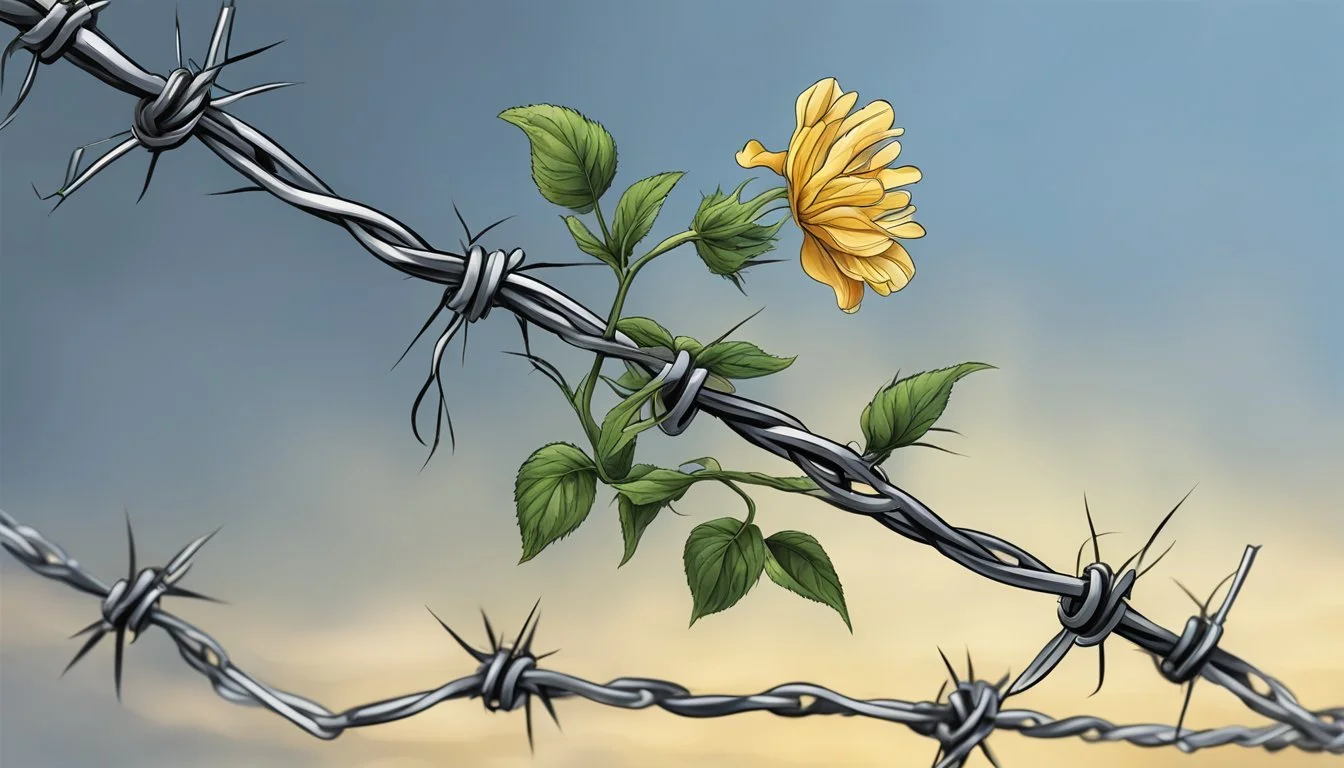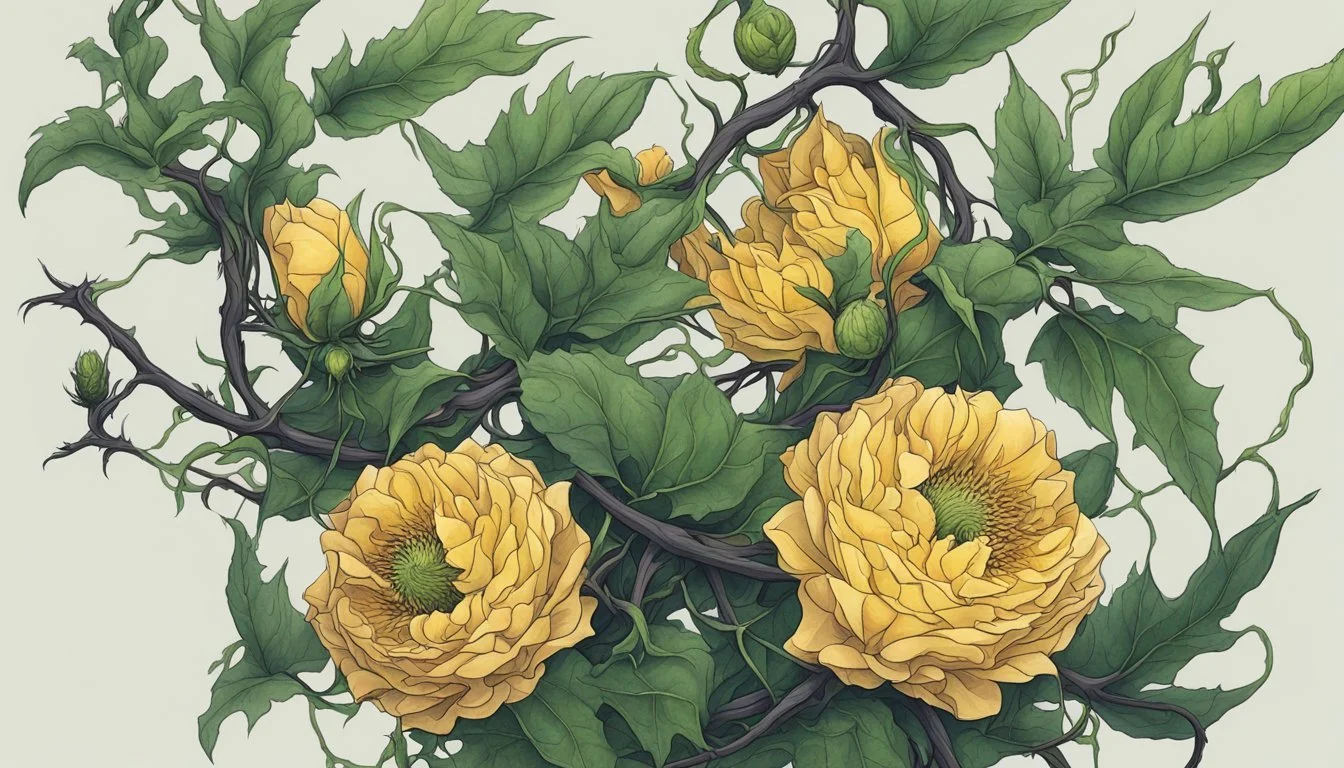Empower Your Story: The Meaning Behind Toxic Relationship Tattoos
Toxic relationship tattoos have become a powerful form of self-expression and healing for many individuals. These designs symbolize the strength and resilience gained from overcoming difficult experiences. Tattoos inspired by toxic relationships often incorporate imagery that represents personal growth, freedom, and self-love.
Popular designs include Medusa tattoos, which embody reclaiming power after trauma, and butterflies, symbolizing transformation and new beginnings. Other common motifs are broken chains, phoenix imagery, and empowering words or phrases. These tattoos serve as permanent reminders of personal progress and the ability to move forward.
For those seeking inspiration, online platforms like Pinterest offer a wealth of ideas for toxic relationship tattoos. Artists have noticed an increase in clients requesting these designs, reflecting a broader trend of using body art as a means of processing emotional experiences and marking significant life changes.
Understanding Toxic Relationships
Toxic relationships erode mental and emotional well-being through harmful patterns of behavior. These dynamics can leave lasting scars, both emotional and physical, sometimes leading individuals to seek healing through meaningful tattoos.
Characteristics of Unhealthy Relationships
Toxic relationships often involve manipulation, control, and disrespect. One partner may consistently criticize or belittle the other, damaging self-esteem. Trust issues frequently arise due to lying, cheating, or betrayal.
Emotional abuse manifests through gaslighting, where reality is distorted to favor the abuser. Narcissistic abuse is a common form, characterized by extreme self-centeredness and lack of empathy.
Physical or verbal aggression may be present, creating an atmosphere of fear and instability. Healthy boundaries are often violated, with one partner disregarding the other's needs or privacy.
The Impact of Toxic Relationships
The effects of toxic relationships can be far-reaching and long-lasting. Victims often experience anxiety, depression, and low self-worth. Trust issues may persist long after the relationship ends, affecting future connections.
Physical health can suffer due to chronic stress, manifesting as sleep disorders, weakened immune systems, or other ailments. Some individuals turn to unhealthy coping mechanisms like substance abuse.
Survivors may feel a loss of identity or struggle with decision-making. Healing often involves rebuilding self-confidence and relearning healthy relationship dynamics.
Many find solace in expressions of strength and resilience, such as tattoos symbolizing personal growth or freedom from toxic love. These body art pieces serve as powerful reminders of overcoming adversity.
Symbolism in Tattoos
Tattoos often carry deep personal meaning, serving as visual representations of inner emotional journeys. Symbols chosen for ink can reflect resilience, transformation, and newfound freedom after toxic relationships.
Common Symbols of Resilience and Strength
The Medusa tattoo has gained popularity as a symbol of reclaiming power. It represents overcoming adversity and emerging stronger. Phoenix tattoos symbolize rebirth and rising from the ashes of past struggles.
Broken chains signify liberation from oppressive situations. Anchors can represent stability and grounding oneself after turbulent times. Mountain designs often depict perseverance and the ability to overcome obstacles.
Lotus flowers growing from muddy waters symbolize purity and spiritual awakening. Trees with deep roots showcase stability and growth. Lion tattoos embody courage and inner strength.
Imagery Representing Freedom and Transformation
Butterfly tattoos are classic symbols of metamorphosis and personal growth. Birds in flight, especially swallows or doves, represent freedom and new beginnings. Dandelion seeds blowing in the wind symbolize wishes and spreading one's wings.
Compass designs can signify finding direction after feeling lost. Clocks or hourglasses may represent moving forward in time. Kintsugi-inspired tattoos, showing broken pottery repaired with gold, celebrate the beauty in healing.
Bandaged heart tattoos acknowledge past hurts while showcasing the healing process. Sunrise or dawn imagery symbolizes hope and new chapters. Stepping stone patterns can represent the journey of personal growth and transformation.
Designing Your Tattoo
Crafting a meaningful toxic relationship tattoo involves personal reflection and thoughtful design choices. The process requires balancing artistic expression with emotional significance.
Incorporating Personal Stories and Emotions
Toxic relationship tattoos often draw inspiration from individual experiences. Many choose symbols that represent their journey, such as broken chains for freedom or phoenixes for rebirth. Words and quotes can capture pivotal moments or realizations. Some opt for abstract designs that embody their emotions without being too literal.
Tattoo artists can help translate personal stories into visual art. They may suggest incorporating elements like thorny roses to symbolize both beauty and pain in relationships. Butterfly designs are popular, representing transformation and growth after difficult experiences.
Tattoo Placement and Size Considerations
The location of a toxic relationship tattoo can be as meaningful as the design itself. Visible areas like wrists or forearms serve as constant reminders of strength. Hidden spots may feel more personal and private.
Size matters in tattoo design. Larger pieces allow for more detail and can tell a more complex story. Smaller tattoos, like a simple word or symbol, can be equally powerful in their subtlety. Consider how the tattoo will look as your body changes over time.
Some choose to cover up or transform existing relationship tattoos. This can be a powerful act of reclaiming one's body and narrative. Talented artists specialize in creative cover-ups that honor the past while embracing a new chapter.
Healing Through Body Art
Tattoos can serve as powerful tools for processing emotions and moving forward after difficult relationships. They provide a tangible way to reclaim one's body and identity.
Art as a Form of Emotional Release
Getting inked allows people to externalize internal pain and transform it into something beautiful. The act of sitting for a tattoo can be cathartic, providing time for reflection. Many choose symbols representing growth, like a phoenix or lotus flower.
Some opt for empowering words or phrases that reinforce their strength. Others select abstract designs that hold personal meaning related to their journey of healing.
The permanence of tattoos can help solidify one's commitment to moving on. Each glance at the artwork serves as a reminder of how far they've come.
Moving On from the Past
Breakup tattoos mark the end of a toxic relationship and the start of a new chapter. Popular choices include dates, coordinates of meaningful places, or symbols of newfound freedom.
Some cover up tattoos related to their ex-partner as a way of reclaiming their body. This physical transformation mirrors their emotional evolution.
Tattoos can also represent lessons learned or personal growth achieved through overcoming adversity. They serve as badges of honor and sources of pride.
For many, the experience of getting inked feels like drawing a line between their past and future. It's a tangible way to close one chapter and begin anew.
Tattoo Aftercare
Proper aftercare is crucial for the healing of any tattoo, including those related to toxic relationships. Following the artist's instructions carefully helps ensure the best results.
Keep the tattoo clean by gently washing it with unscented soap and lukewarm water 2-3 times daily. Pat dry with a clean towel.
Apply a thin layer of fragrance-free moisturizer as recommended. This keeps the skin hydrated and aids healing.
Avoid submerging the tattoo in water or exposing it to direct sunlight for 2-4 weeks. Swimming pools, hot tubs, and saunas should also be avoided during this time.
Wear loose, breathable clothing to prevent irritation. Avoid scratching or picking at the tattoo as it heals.
Some itching and peeling is normal during the healing process. If excessive redness, swelling, or discharge occurs, consult a medical professional.
Healing time varies but typically takes 2-4 weeks. Continue aftercare until the tattoo is fully healed to achieve the best outcome.
A well-healed tattoo serves as a meaningful reminder of personal growth and resilience after leaving a toxic relationship.
Related Artistic Expressions
Toxic relationship tattoos are part of a broader artistic movement exploring interpersonal trauma through visual mediums. Artists draw inspiration from various sources to create meaningful designs that resonate with survivors.
Exploring Related Interests
Toxic relationship tattoos often intersect with other artistic expressions of healing and empowerment. Many individuals seek designs that incorporate elements of nature, mythology, or abstract symbolism. Phoenix tattoos symbolize rebirth and rising from the ashes of a difficult past. Tree designs represent growth and putting down new roots.
Mandala tattoos appeal to those seeking balance and inner peace after chaotic relationships. Some choose quotes or lyrics that held special meaning during their healing journey. Others opt for more abstract designs using color and form to represent their emotional experiences.
Influence of Other Art Forms
Tattoo artists draw inspiration from diverse art forms when creating toxic relationship designs. Paintings, sculptures, and digital art exploring similar themes often influence tattoo aesthetics. Artists may incorporate techniques from watercolor or sketch-style art to create softer, more ethereal designs.
Photography capturing raw emotions or body language associated with toxic dynamics can inspire powerful tattoo imagery. Poetry and literature addressing relationship trauma provide rich source material for text-based designs. Some tattoos even incorporate elements of performance art or installation pieces, translating conceptual art into wearable form.
Music lyrics and album artwork addressing toxic relationships frequently inspire tattoo designs, especially for fans who found solace in particular songs during difficult times.
Conclusion
Toxic relationship tattoos serve as powerful symbols of personal transformation and healing. These meaningful designs allow individuals to reclaim their strength and mark a new chapter in their lives.
Many people choose empowering imagery like the Medusa tattoo to represent overcoming adversity. Other popular options include phoenixes, butterflies, and words of affirmation.
The process of getting inked can be cathartic, helping release negative emotions tied to past relationships. It provides a sense of closure and a visible reminder of inner resilience.
While not for everyone, these tattoos often boost confidence and self-esteem. They celebrate freedom from toxic dynamics and the journey towards self-love.
Ultimately, toxic relationship tattoos transform painful experiences into beautiful art. They honor personal growth and serve as daily motivation to embrace a healthier future.






